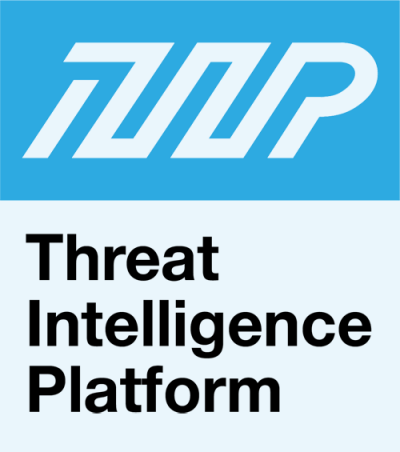


|
||
|
||
Security information and event management (SIEM) solutions are an excellent way to get incident data from an organization’s network and put them all in one place. But as a network’s complexity grows, so do the problems these SIEM vendors face with regard to providing the right products to clients.
In this article, we’ll take a look at three common SIEM issues and how the right threat intelligence can solve them.
Problem #1: Information Overload
Most organizations today have a number of interconnected processes and systems within their network, which means that SIEM solutions normally generate countless alerts on a daily basis. Even if most of these alerts only take a couple of minutes to resolve, having hundreds of them is simply too much for analysts to go through.
Solution #1: Automated Threat Intelligence
Automating threat intelligence gathering can contribute a lot to reducing the amount of time it takes for analysts to get the information they need to act on alerts. Utilizing machine learning (ML) and natural language processing are some ways to make this happen. Solutions should be given access to a wide range of data sources so they can effectively correlate details into actionable threat intelligence while minimizing redundancies and false positives.
Problem #2: Lack of Context
The purpose of a SIEM solution is to collate internal network data to produce relevant alerts. This is the reason why these products are made to detect suspicious activity within, yet that’s only half the battle. Lack of external context can result in organizations can cause them to remain unaware of emerging threats.
Trying to work out this concern can immediately lead to another information overload issue. Most companies who recognize the need for external context often decide to bring in threat feeds to complement their systems. Although this is a good start, most of the threat feeds today lack context, which eventually adds more things for analysts to do rather than reduce tasks.
Threat feeds often provide raw data on specific areas such as suspicious and connected domains, and the way they are sourced can sometimes be unreliable. And as you can probably imagine, integrating these into a SIEM solution can simply create more noise and false positives in the long run.
Solution #2: Gather Only Relevant Data from a Wide Range of Sources
An ideal threat intelligence solution collects information from a variety of data sources. This can come not only from security blogs, social media posts, and news feeds, but also from more technical sources like an IP netblock WHOIS database and even the Dark Web. Relevant threat intelligence should provide context, not just additional information.
Problem #3: Timing Issues
Correlation is the key to identify cyber threats today. But the kind of data used in this process has a short shelf life, which can range from several hours to even just a few minutes. This makes it highly important to harmonize both external and internal information in real-time or as close to it as possible.
Solution #3: Combine Threat Intelligence Capabilities
As mentioned earlier, automating threat intelligence gathering is a great way to significantly lower the amount of time spent resolving alerts, which can be achieved through solutions like a threat intelligence platform. Such a product offers a comprehensive view of the threat landscape while providing users with near real-time data.
When a few minutes can make a huge difference in handling security incidents, threat intelligence that’s updated in a timely fashion can make SIEM solutions more effective in counteracting threats.
* * *
SIEM vendors can truly benefit from having the right threat intelligence sources today. Not only can these simplify processes and give more informative solutions to their clients, but it can also supply essential data on time.
Sponsored byVerisign

Sponsored byIPv4.Global

Sponsored byDNIB.com

Sponsored byWhoisXML API

Sponsored byRadix

Sponsored byCSC

Sponsored byVerisign
